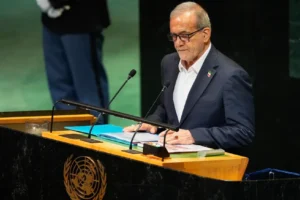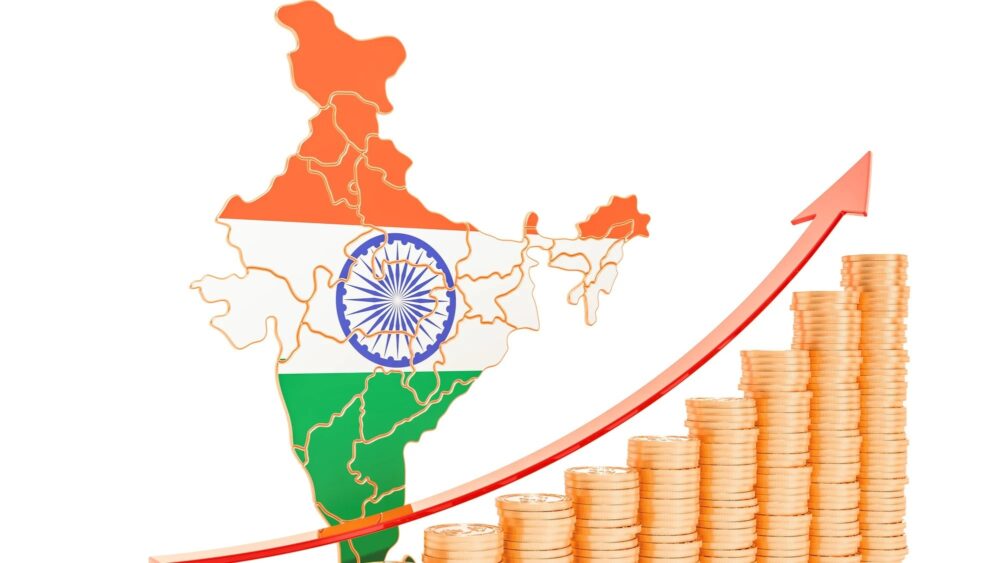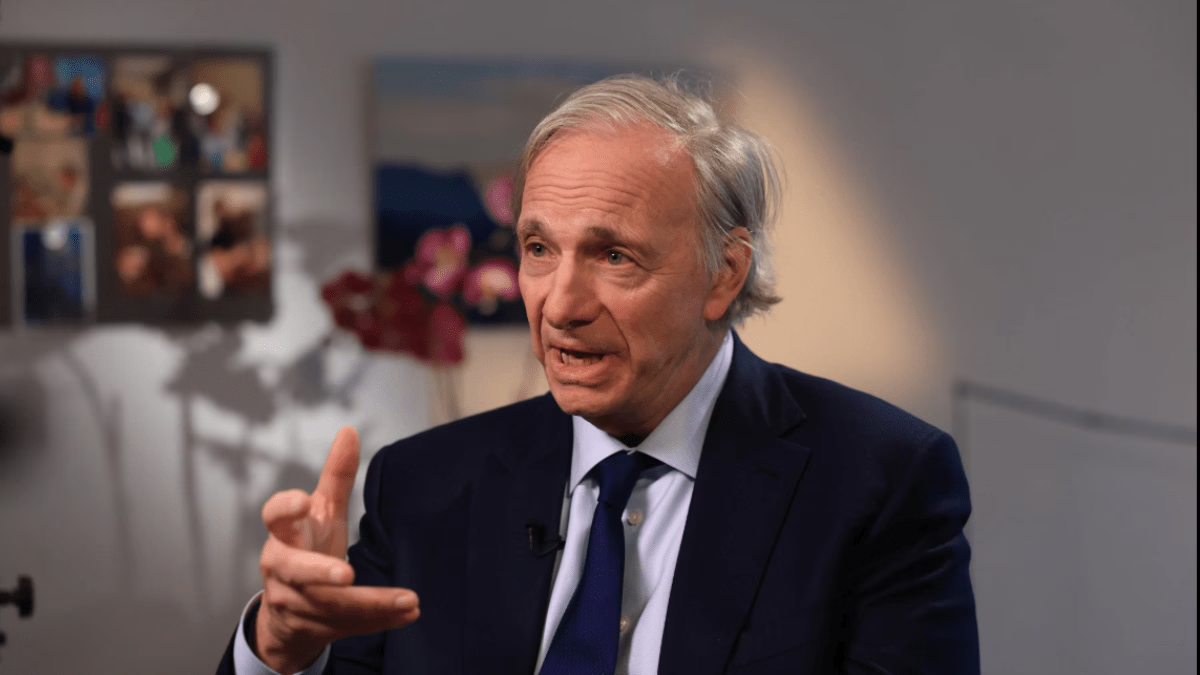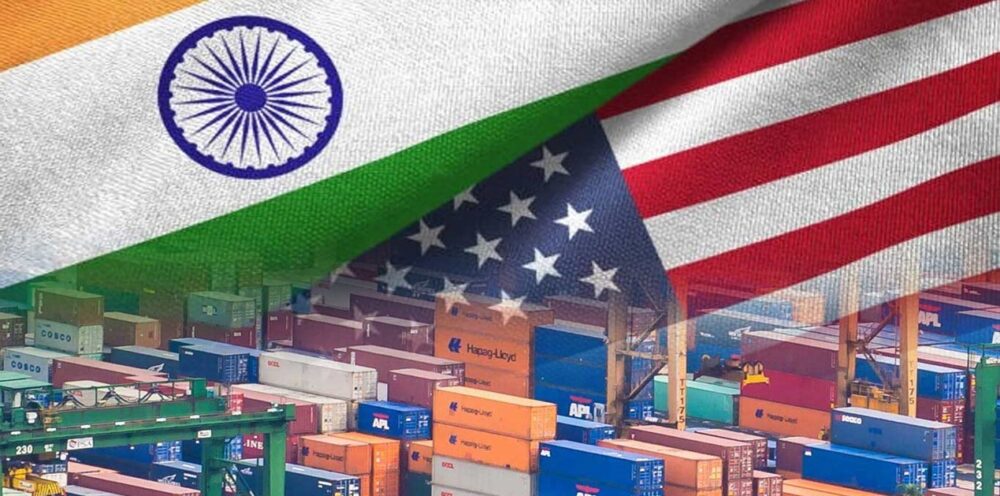New Delhi, Aug 28 – India is on track to become the world’s second-largest economy in terms of purchasing power parity (PPP) by 2038, with its GDP expected to touch USD 34.2 trillion, according to a report released by global consulting firm EY. The projection is based on estimates from the International Monetary Fund (IMF).
The report underlines India’s distinct position among the world’s major economies. While China is projected to retain the top spot with a PPP-based GDP of USD 42.2 trillion by 2030, its slowing demographics and mounting debt are flagged as major hurdles. The United States, meanwhile, continues to demonstrate resilience, but faces debt levels exceeding 120% of GDP and a slowdown in growth. In contrast, advanced economies such as Germany and Japan struggle with ageing populations and an over-reliance on global trade.
India’s Strengths
India stands out due to its youthful population, strong savings culture, and a sustainable fiscal outlook. The country’s median age of 28.8 years in 2025 gives it a demographic edge, while the government’s debt-to-GDP ratio is projected to fall from 81.3% in 2024 to 75.8% in 2030 – bucking the global trend of rising debt.
These strengths, combined with rising domestic demand and continued reforms, position India for what EY calls the “most favourable long-term growth trajectory” among large economies.
Reforms Driving Growth
The EY report credited several structural reforms for shaping India’s competitiveness: the Goods and Services Tax (GST), the Insolvency and Bankruptcy Code (IBC), widespread digital inclusion through UPI, and the government’s production-linked incentive (PLI) schemes.
At the same time, significant public investment in infrastructure and a push toward emerging technologies such as artificial intelligence, renewable energy, and semiconductors are laying the groundwork for sustainable growth.
Expert View
“India’s comparative strengths, its young and skilled workforce, robust saving and investment rates, and a relatively sustainable debt profile will help sustain high growth even in a volatile global environment,” said DK Srivastava, Chief Policy Advisor, EY India. “By building resilience and advancing critical technologies, India is well-placed to move closer to its Viksit Bharat 2047 aspirations.”
Global Outlook
EY also projects that India will become the third-largest economy in market exchange rate terms by 2028, overtaking Germany. While external challenges remain, including potential impacts of US tariffs on 0.9% of India’s GDP, the overall effect on growth is expected to be limited to just 0.1 percentage point, provided India strengthens its trade partnerships, diversifies exports, and boosts domestic demand.
With a young workforce, strong fiscal fundamentals, and reform-driven growth, India is set to play an increasingly influential role in the global economy over the next two decades.















